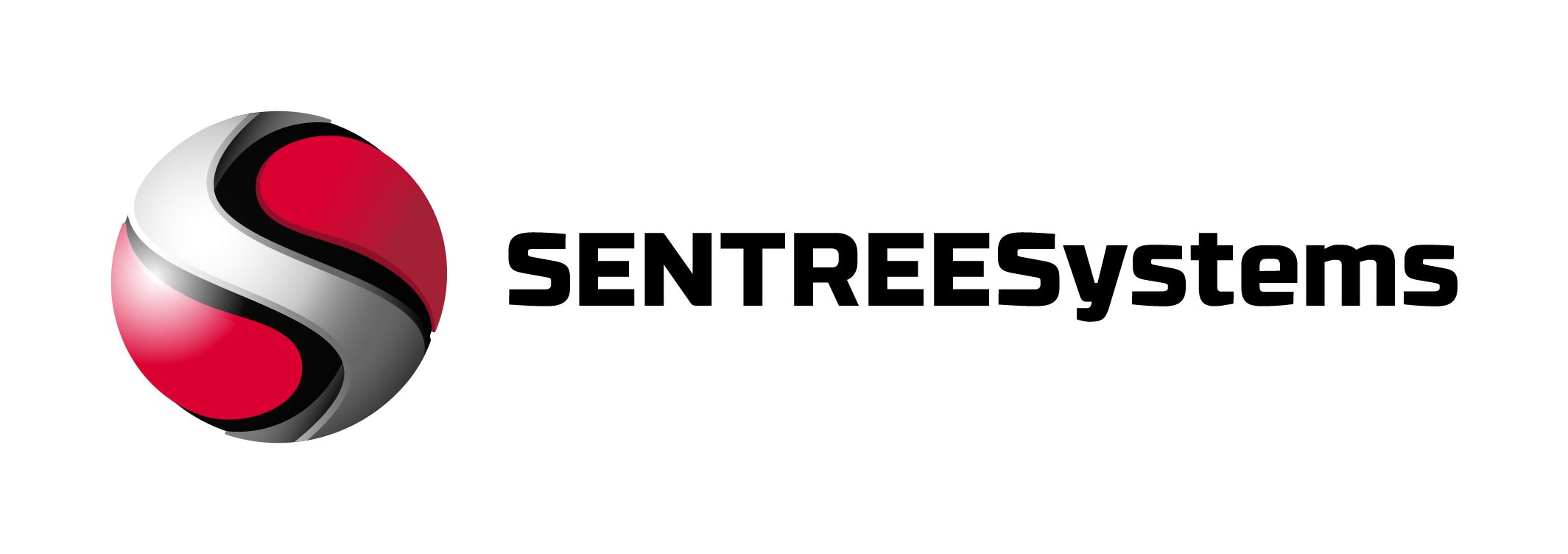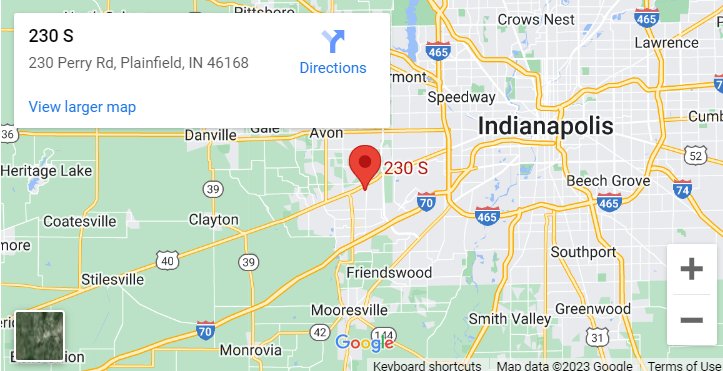Here’s the deal: ransomware isn’t just encrypting files anymore—it’s hunting for every connected device it can find. The moment it gets into your network, it starts moving sideways, looking for new targets. Think of it like a fire spreading through a building with no walls to stop it. That’s where Network Segmentation to Prevent Ransomware Spread becomes your best defense. Instead of letting attackers roam freely through your entire infrastructure, segmentation creates barriers that contain the damage and buy you time to respond.
Key Takeaways
- Network segmentation blocks lateral movement, the primary way ransomware spreads after initial infection
- Proper segmentation can reduce ransomware recovery costs by up to 67% compared to flat networks
- Modern attacks like Colonial Pipeline and NotPetya succeeded because of inadequate network isolation
- Microsegmentation with zero trust principles provides the strongest protection against advanced threats
- Implementation requires asset mapping, traffic analysis, and the right mix of VLANs, firewalls, and access controls
Why Network Segmentation to Prevent Ransomware Spread Actually Works
Look, I’ve watched too many organizations learn this lesson the hard way. When ransomware hits an unsegmented network, it’s game over fast. The attackers use standard protocols—SMB, RDP, WMI—to jump from machine to machine like they own the place. And honestly? In a flat network, they basically do.
The lateral movement phase is where most damage happens. SenseOn’s research shows lateral movement occurs in 60% of successful ransomware attacks. Once attackers pivot from their initial foothold, they’re hunting for domain controllers, backup systems, and anything else that’ll maximize their payout.
Network segmentation throws up roadblocks at every turn. Instead of one big network where everything talks to everything else, you create isolated zones with controlled access points. It’s like turning your office building from one giant room into separate floors with locked doors between them.
The MGM Resorts attack in 2023 showed this in action. Their microsegmentation policies contained the ransomware to a single VLAN, preventing it from reaching critical casino operations. Meanwhile, Colonial Pipeline’s lack of proper IT/OT segmentation allowed DarkSide ransomware to force a nationwide fuel shortage. The difference? Proper barriers versus none at all.
The Real Cost of Poor Segmentation
NotPetya hit Maersk in 2017 precisely because they hadn’t segmented Ukrainian accounting software from their global operations. Result? Over $300 million in losses, 4,000 servers encrypted, and 45,000 PCs destroyed. That’s what happens when ransomware can move freely through your infrastructure.
Here’s what really gets me—Maersk had planned segmentation upgrades but deprioritized them for budget reasons. They learned the expensive way that prevention costs less than recovery.
Building Effective Network Barriers Against Ransomware
You can’t just throw up some VLANs and call it done. Effective segmentation requires understanding what you’re protecting and how your network actually functions. Most organizations skip this step and wonder why their segmentation fails when tested.
Start With Asset Discovery and Risk Assessment
First, you need to know what’s on your network. I mean everything—servers, workstations, IoT devices, that forgotten printer in accounting. Then categorize by criticality:
- Critical systems that would shut down operations if compromised
- Important systems that would cause significant disruption
- Standard systems with limited business impact
- Guest or temporary access systems
Next, map legitimate traffic flows. Use network monitoring tools to understand normal communication patterns. Which servers need database access? What systems require internet connectivity? Document everything because you’ll need this for policy creation.
Choose the Right Segmentation Technology
VLANs alone aren’t enough anymore. Modern ransomware knows how to break out of basic Layer 2 isolation. You need defense in depth:
Next-Generation Firewalls (NGFWs) at segment boundaries provide application-aware filtering. CISA’s guidelines show NGFWs stopped 92% of Emotet lateral movement attempts when properly configured. They can inspect encrypted traffic and block malicious payloads that basic VLAN separation would miss.
Microsegmentation takes things further by isolating individual workloads with software-defined policies. VMware’s 2022 study found SDN-driven segmentation contained 78% of ransomware incidents to fewer than 5 hosts, compared to 41-host averages in traditional networks.
Zero trust access controls add identity verification at every boundary. Zero Networks’ platform enforces MFA for cross-segment access, ensuring stolen credentials can’t traverse boundaries even if attackers have them.
Implementation Strategy That Actually Works
I’ve seen too many segmentation projects fail because organizations try to boil the ocean. Start small, prove value, then expand. Here’s how to do it right:
Phase 1: Protect Crown Jewels
Identify your most critical assets—domain controllers, backup systems, financial databases—and segment them first. Create strict access policies with multi-factor authentication and detailed logging. This gives you immediate risk reduction while you plan broader segmentation.
Phase 2: Isolate High-Risk Areas
Guest networks, development environments, and internet-facing systems need strong isolation from production networks. These areas have higher compromise risk, so treat them as potentially hostile.
Phase 3: Implement Microsegmentation
For environments with complex interdependencies, microsegmentation provides granular control without breaking legitimate workflows. Start with monitoring mode to understand traffic patterns, then gradually enforce policies.
The key is continuous validation. Regularly test your segmentation with penetration testing and red team exercises. I’ve seen too many organizations assume their segmentation works without actually proving it.
Measuring Success and ROI
TrueFort’s 2023 study quantified real segmentation benefits across industries. Financial services organizations saved $5 million in avoided breach costs plus 40% reduction in compliance audit time. Healthcare organizations saw 30% lower HIPAA violation fines through restricted PHI access.
But here’s what really matters—organizations with proper segmentation experience 67% lower ransomware payout rates. The average ransomware payment hit $1.54 million in 2024, so segmentation pays for itself quickly.
| Industry | Average Segmentation Cost | Avoided Breach Cost | ROI |
|---|---|---|---|
| Financial Services | $800K | $5M | 525% |
| Healthcare | $600K | $3.2M | 433% |
| Manufacturing | $450K | $2.8M | 522% |
Modern segmentation tools also reduce operational overhead. Automated policy orchestration cuts rule management time by 73%, while AI-driven adaptive policies are showing promise for real-time threat response.
Common Pitfalls and How to Avoid Them
You’ll face resistance. Users complain about additional authentication steps. IT teams worry about performance impact. Budget holders question the investment. Here’s how I address these concerns:
Performance fears are mostly outdated. Modern SD-WAN implementations add less than 2ms latency per hop in 95% of deployments. That’s imperceptible to users but invaluable for security.
Complexity concerns are valid but manageable. Start with simple policies and mature over time. Cloud-native solutions like AWS Security Groups can handle microsegmentation for millions of workloads without breaking a sweat.
User friction decreases over time as people adapt to new workflows. The temporary inconvenience beats the massive disruption of a successful ransomware attack.
For critical infrastructure, regulatory requirements are making the decision for you. The EU’s DORA requires financial entities to segment critical utilities by 2026. CISA mandates segmentation for US critical infrastructure under CIRCIA. This isn’t optional anymore.
Conclusion
Network Segmentation to Prevent Ransomware Spread isn’t just a technical control—it’s business insurance. The attacks we’re seeing today move fast and hit hard. Without proper segmentation, you’re betting your entire infrastructure on perfect prevention, and that’s a bet you’ll eventually lose.
The evidence is clear: segmented networks contain damage, reduce recovery costs, and give organizations fighting chances when attacks succeed. Colonial Pipeline, NotPetya, and MGM Resorts taught us that barriers matter. The question isn’t whether you can afford to implement segmentation—it’s whether you can afford not to.
Start with your crown jewels. Map your critical assets, understand your traffic flows, and build barriers that matter. Your future self will thank you when you’re not explaining to the board why ransomware encrypted everything. Invest in robust ransomware protection strategies for success by incorporating regular backups, employee training, and advanced threat detection systems. Ensuring that your organization stays one step ahead of potential attacks will not only safeguard your essential data but also bolster your overall resilience. Remember, proactive measures today can prevent costly disruptions tomorrow.
FAQ
How quickly can Network Segmentation to Prevent Ransomware Spread be implemented?
Basic segmentation can be deployed in 2-4 weeks for protecting critical assets. Full microsegmentation typically takes 3-6 months depending on network complexity. Start with high-value targets first for immediate risk reduction.
Does network segmentation slow down normal business operations?
Modern segmentation adds minimal latency—less than 2ms in most implementations. Users may notice slightly longer login times due to additional authentication, but this decreases as policies mature and workflows adapt.
What’s the difference between VLANs and microsegmentation?
VLANs provide basic Layer 2 isolation but can be bypassed by determined attackers. Microsegmentation adds application-aware policies, identity verification, and granular access controls that work even if network boundaries are compromised.
How do I know if my segmentation is actually working?
Regular penetration testing and red team exercises are essential. Test lateral movement scenarios specifically—can a compromised endpoint reach critical systems? Monitor segmentation logs for policy violations and unauthorized access attempts.



